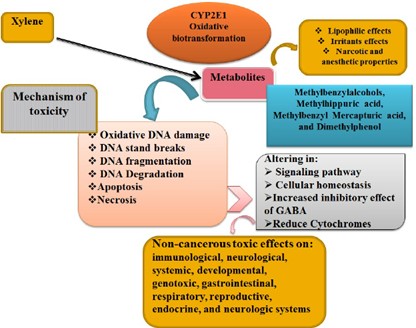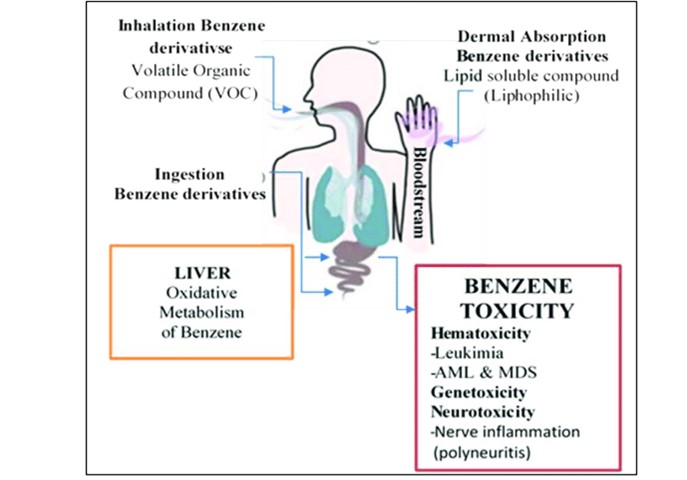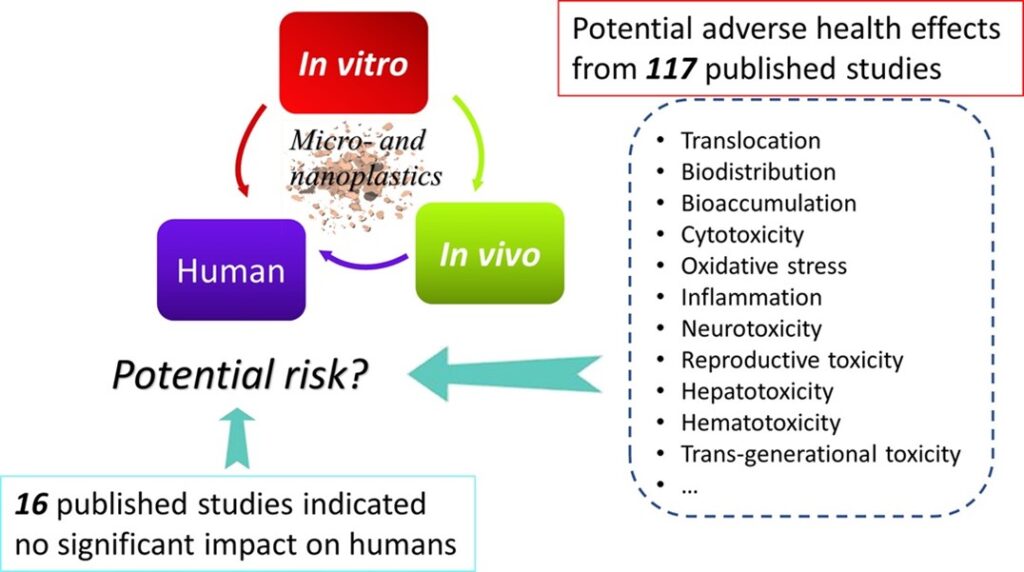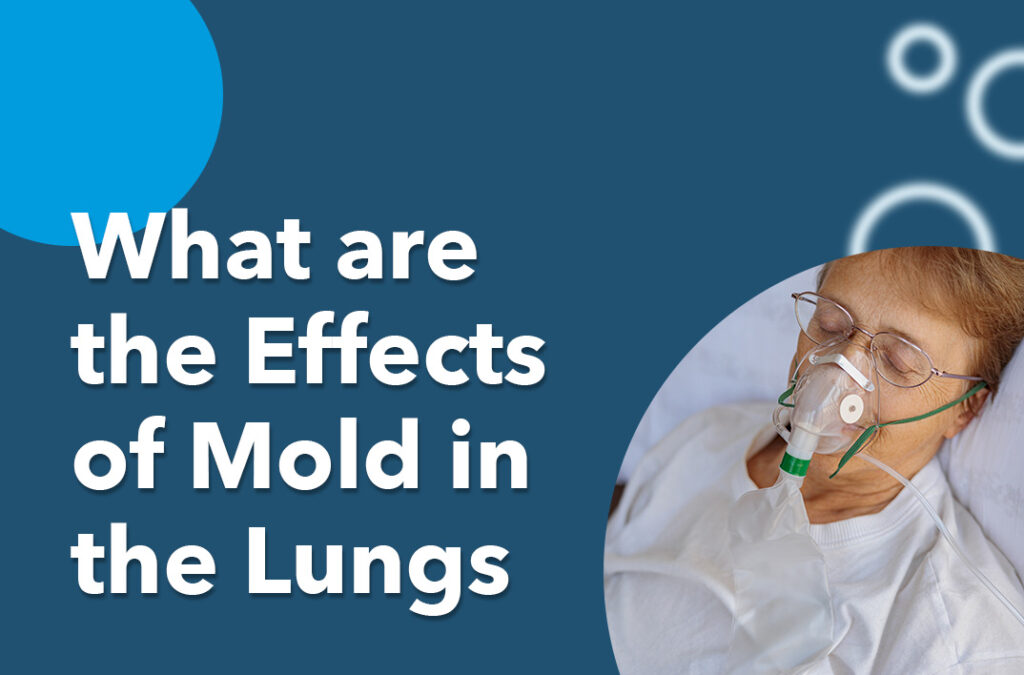Environmental Pollutant Profile
Every year the number of toxins we are exposed to increases. Understanding your total toxin exposure is an important part of managing your health. We are hoping to assist in that process by providing a test that measures fourteen important markers which will help us understand your specific toxic exposure.
In partnership with our clinical mycotoxin test and our glyphosate test, the Environmental Pollutant Profile (EPP) will help you identify your total toxin burden. The Organic Acids Profile (OAP) will help you quantify how your body is dealing with this burden. Below is a brief description of the relevance of each of the fourteen markers included in the EPP.

If you decide to return the health test kit within 30 days of placing your order, you are eligible for a full refund, minus the cost of shipping, handling, and processing fees (approximately $50 USD per kit). Refund requests must be sent to info@realtimelab.com within 30 days of the date of purchase and occur prior to the specimen/sample being sent. Due to health concerns, Realtime Labs cannot accept returned or unused test kits. If you received your order and do not wish to conduct the test, we ask that you dispose of the test kit.
Make it aCOMBO!
Organic Acids Profile + Environment Pollutant Profile

Price: $250
Results: 10-12 business days
Sample Type: Dried Urine Card
Sample Requirement: Collect first morning urine before *food and drink. Or, first urine after your longest stretch of sleep.
Xylene
Markers: 3-methylhippurate, 2-methylhippurate
Xylenes are aromatic hydrocarbons that are made from oil or coal. They are frequently used in industrial applications due to their solvent properties[1, 2]. Some of the most common sources are in plastics, paints, vehicle exhaust fumes, and tobacco smoke[3]. Respiratory exposure is the most common xylene-exposure pathway [4]. Xylene exposure is linked to chronic neurological symptoms [5].

Toluene
Markers: Hippurate, Benzoate
Toluene is an organic solvent found in many household consumer products. These products include gasoline, cleaning fluids, cosmetics, glues, inks, paint thinners, and others[6]. Health effects of excessive toluene exposure include impaired neurological function and fetal toxicity [7].
Benzene
Markers: tt-Muconic Acid
Benzene is a highly volatile compound, and its exposure is mainly through inhalation. It is used in many consumer products and exposure can come from automobile exhaust gases, off-gassing from building materials, and cigarette smoke [8]. Benzene is hydroxylated using phase I metabolism, then further metabolized by glucuronidation, sulfation, and glutathione conjugation [9]. Benzene exposure can lead to decrements in the levels of circulating blood cells [10]. Benzene and its metabolites have mutagenic properties and chromosomal damage properties, which can increase the risk of cancer formation, thus benzene has been labeled as carcinogenic[11-13].

Trimethylbenzene
Markers: 3,4-Dimethylhippurate
Trimethylbenzene is a naturally occurring component of petroleum and coal. Products that contain trimethylbenzene can include aviation fuels, paint thinners, solvents, printing inks, cleaners, dyes, and resins [14]. The effects of acute exposure are respiratory irritation and central nervous system effects [15]. Chronic exposures have shown developmental, reproductive, and mutagenic effects [16, 17]
Styrene
Markers: Mandelate, Phenyl glyoxylate
Styrene (vinyl benzene) is an important intermediate in the production of plastics. Styrene may be absorbed into the bloodstream through inhalation, ingestion, or by skin absorption [18]. Exposure can lead to cytogenetic and DNA damage [19]. Exposure has been linked to acquired color blindness[20]. Styrene has been established as a neurotoxicant at occupational levels, however less is known how chronic exposure can effect nearby communities [21].

Phthalates
Markers: Monoethyl Phthalate, Phthalate, Quinolainate
Phthalates are used in a wide range of consumer and industrial products. They belong to a class of chemicals listed as endocrine disrupting chemicals (EDCs) [22]. Exposure is through inhalation and dermal contact. Phthalate diesters are then metabolized and excreted in urine with a half-life of about 3-18 hrs [23]. A metanalysis by the EPA discusses connection with Phthalate exposure and problems with cognition, motor effects, behavior, ADHD, and social behavior [24].
Parabens
Markers: Para-Hydroxybenzoate
Parabens are used as preservative in cosmetics, pharmaceuticals, and the food industry. Parabens are transformed in the body and about 90% are excreted in urine as a conjugate with the most common being glucuronide and sulphate [25]. In vitro studies have demonstrated some estrogenic activity from this family of compounds [26]. However, many parabens do not have a strong binding to the estrogen receptor, so the actual relevance of this is still an unanswered question [27].
Methyl Tert-butyl Ether (MTBE) Exposure
Markers: Alpha-Hydroxyisobutyrate
MTBE is a fuel additive which acts as an octane booster and oxygenating agent [28]. MTBE is also used to treat gallstones, where it is perfused into the liver’s biliary track to dissolve the gallstone [29]. Exposure to MTBE has been reported to cause neurologic symptoms, dizziness, and nausea [30]. MTBE can also affect development through the inhibition of angiogenesis, the development of veins and arteries[31].

Order EPP
Price: $140
Results: 10-12 business days
Sample Type: Dried Urine Card
Order OAP+EPP COMBO
Price: $250
Results: 10-12 business days
Sample type: Dried Urine Card








